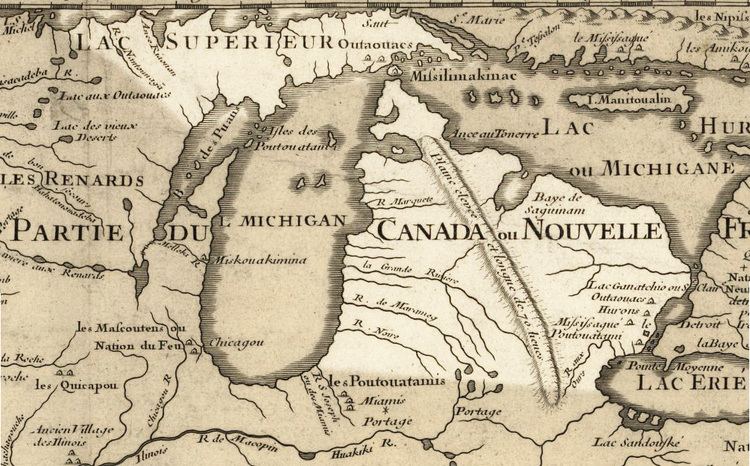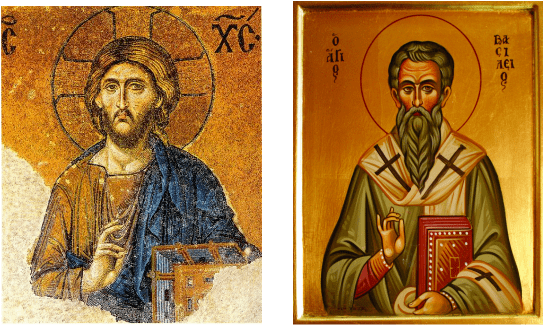Country United States Area 36.80 sq mi Mayor Michael C. Taylor | ||
 | ||
Unemployment rate 5.9% (Feb 2015) University Paul Mitchell the School-Michigan | ||
Map of Sterling Heights, Michigan
Sterling Heights is a city in Macomb County of the U.S. state of Michigan, and one of Detroit's core suburbs. As of the 2010 census, the city had a total population of 129,699. It is the second largest suburb in Metro Detroit, and the fourth largest city in Michigan. Sterling Heights consistently ranks as the safest city in Michigan with population over 100,000.
Contents
- Map of Sterling Heights Michigan
- Atria shorehaven assisted living sterling heights mi michigan independent living
- Massage sterling heights inhome therapeutic massage 586 4802809
- History
- Geography
- Main highways
- State highways
- Other main roads
- 2010 census
- 2000 census
- Law and government
- Media
- Sister cities
- Notable people
- References

Atria shorehaven assisted living sterling heights mi michigan independent living
Massage sterling heights inhome therapeutic massage 586 4802809
History

Sterling Heights was incorporated as a city in 1968. It was until the 1950s an agricultural area largely devoted to growing rhubarb and other crops sold in Detroit. Prior to 1968 Sterling Heights was known as Sterling Township. It had from 1836 until 1838 been known as Jefferson Township.
Dobry Road on the northern city limits is named after the last township supervisor, Anthony Dobry, who was also the second mayor.
Gerald Donovan became the first mayor of the city. F. James Dunlop became the first mayor pro-tem. There was already a small village named Sterling in Arenac County, so the word "Heights" was added to the township name to satisfy a state law that prevents incorporated municipalities from having the same name. "Moravian" was another name under consideration for the new city.
Lakeside Mall opened in Sterling Heights in 1976.
By 1991 the city had received many people of ethnic European origins, including ethnic Albanians, Bosnians, Croatians, Macedonians, Montenegrins, Poles, Serbians, and Slovenians. They moved from Detroit and Hamtramck. In the 1990s, ethnic Macedonians in Sterling Heights, together with ethnic Serbs, had the nickname "Yugos." The ethnic Albanians had the nickname the "Albos." The two groups often had violent conflicts in the 1990s, involving fistfights, beatings and drive-by shootings. As of 1991 many residents worked in automobile plants operated by Chrysler and Ford, and that year, Murray Dublin of The Baltimore Sun described Sterling Heights as "blue collar."
The August 2006 issue of Money magazine listed Sterling Heights as No. 19 on its list of the 90 "Best Small Cities" to live in.
Geography
Sterling Heights is 16 miles (26 km) from Downtown Detroit. The shape of the city is 6 miles (9.7 km) long and 6 miles wide.
In 1991 Murray Dublin of The Baltimore Sun wrote that "it is a city of subdivisions rather than ethnic neighborhoods."
Sterling Heights experienced its first-ever mayoral primary in 2009. David Magliulo and Teresa Bil, signaled intentions to run against incumbent Mayor Richard J. Notte, who ultimately won another term.
Main highways
Sterling Heights sits on two main thoroughfares:
State highways
Other main roads
2010 census
As of the census of 2010, there were 129,699 people, 49,451 households, and 34,515 families residing in the city. The population density was 3,552.4 inhabitants per square mile (1,371.6/km2). There were 52,190 housing units at an average density of 1,429.5 per square mile (551.9/km2). The racial makeup of the city was 85.1% White, 5.2% African American, 0.2% Native American, 6.7% Asian, 0.5% from other races, and 2.2% from two or more races. Hispanic or Latino of any race were 1.9% of the population.
There were 49,451 households of which 31.0% had children under the age of 18 living with them, 55.0% were married couples living together, 10.5% had a female householder with no husband present, 4.3% had a male householder with no wife present, and 30.2% were non-families. 26.5% of all households were made up of individuals and 10.7% had someone living alone who was 65 years of age or older. The average household size was 2.61 and the average family size was 3.20.
The median age in the city was 40.4 years. 21.7% of residents were under the age of 18; 8.8% were between the ages of 18 and 24; 25.8% were from 25 to 44; 28.6% were from 45 to 64; and 15.2% were 65 years of age or older. The gender makeup of the city was 48.5% male and 51.5% female.
2000 census
As of the census of 2000, there were 124,471 people, 46,319 households, and 33,395 families residing in the city. The population density was 3,397.0 per square mile (1,311.6/km²). There were 47,547 housing units at an average density of 1,297.6 per square mile (501.0/km²). The racial makeup of the city was 90.70% White, 1.30% African American, 0.21% Native American, 4.92% Asian, 0.04% Pacific Islander, 0.34% from other races, and 2.50% from two or more races. 1.34% of the population were Hispanic or Latino of any race.
Ancestries: Polish (19.0%), German (14.4%), Italian (12.5%), Irish (5.7%), English (5.0), Assyrian/Chaldean/Syriac people (4.8%), American/US (4.0%) and Macedonian(4.0).
In 2000 there were more people in Sterling Heights born in Iraq than any other foreign country. In that year there were 5,059 people in Sterling Heights born in Iraq. The next three largest nations of foreign birth were India at 1,723, Italy at 1,442 and Poland at 1,427.
There were 46,319 households out of which 32.9% had children under the age of 18 living with them, 60.4% were married couples living together, 8.5% had a female householder with no husband present, and 27.9% were non-families. 24.1% of all households were made up of individuals and 8.5% had someone living alone who was 65 years of age or older. The average household size was 2.66 and the average family size was 3.21.
In the city, the population was spread out with 24.1% under the age of 18, 8.5% from 18 to 24, 30.4% from 25 to 44, 25.2% from 45 to 64, and 11.8% who were 65 years of age or older. The median age was 37 years. For every 100 females there were 96.0 males. For every 100 females age 18 and over, there were 92.6 males.
The median income for a household in the city was $60,494, and the median income for a family was $70,140. Males had a median income of $51,207 versus $31,489 for females. The per capita income for the city was $24,958. About 4.0% of families and 5.2% of the population were below the poverty line, including 6.6% of those under age 18 and 7.5% of those age 65 or over.
Law and government
The city has a council-manager form of government. The mayor, along with six other council members, is directly elected to council by the city residents.
Sterling Heights is served by two public school districts, Utica Community Schools and Warren Consolidated Schools, which are within the Macomb Intermediate School District.
Nationally, Sterling Heights is situated in Michigan's 10th congressional district, represented by Republican Paul Mitchell.
Media
The city of Sterling Heights has three local newspapers, the Macomb Daily. Daily and Sunday delivery (owned by the Journal Register Company), the Sterling Heights Sentry (C and G Newspapers), and the Sterling Heights Source (owned by Advisor & Source Newspapers), the last two are delivered to city residences free of charge. The city also has two local channels. SHTV is run by the city's community relations department and usually features locally produced programming (including City Council meetings) and community announcements. Another channel is used for the Sterling Heights Public Library, which usually features educational programs as well as library announcements. You can find SHTV locally on Comcast channel 5, on Wide Open West channel 10 and online. The public library channel is found on Comcast channel 12 and WOW channel 20. The city's official radio station is AM 1700. The city also releases a seasonal magazine and a city calendar free of charge to each city household and business.
WUFL, affiliated with Family Life Radio, is also based in Sterling Heights.
Sister cities
Sister City initiatives give opportunities for the cities' residents to come to know each other's cultures.
The initiatives will facilitate the cultural, educational, municipal, business, professional and technical exchanges and projects among the sister cities.
Its sister cities are:
